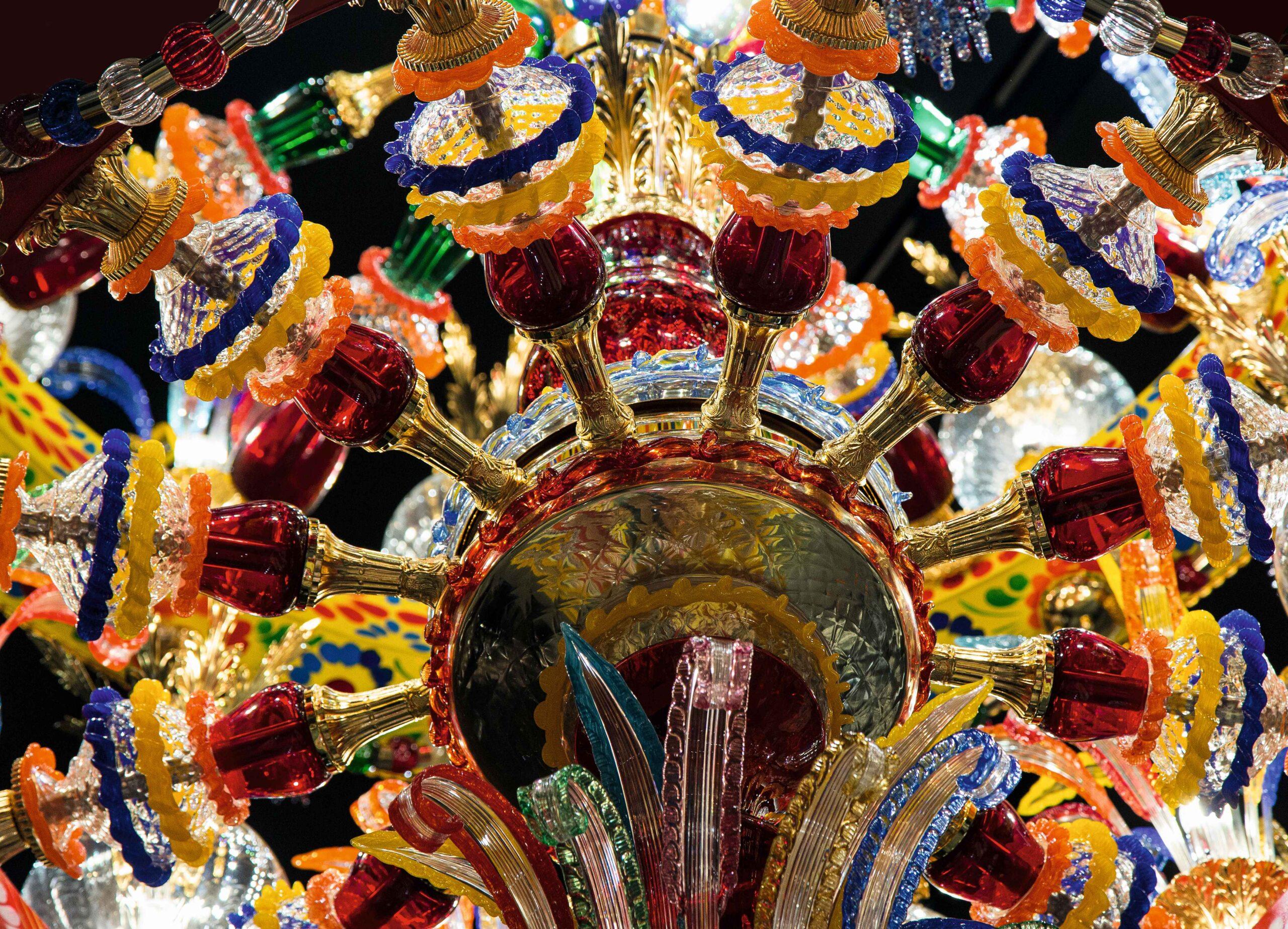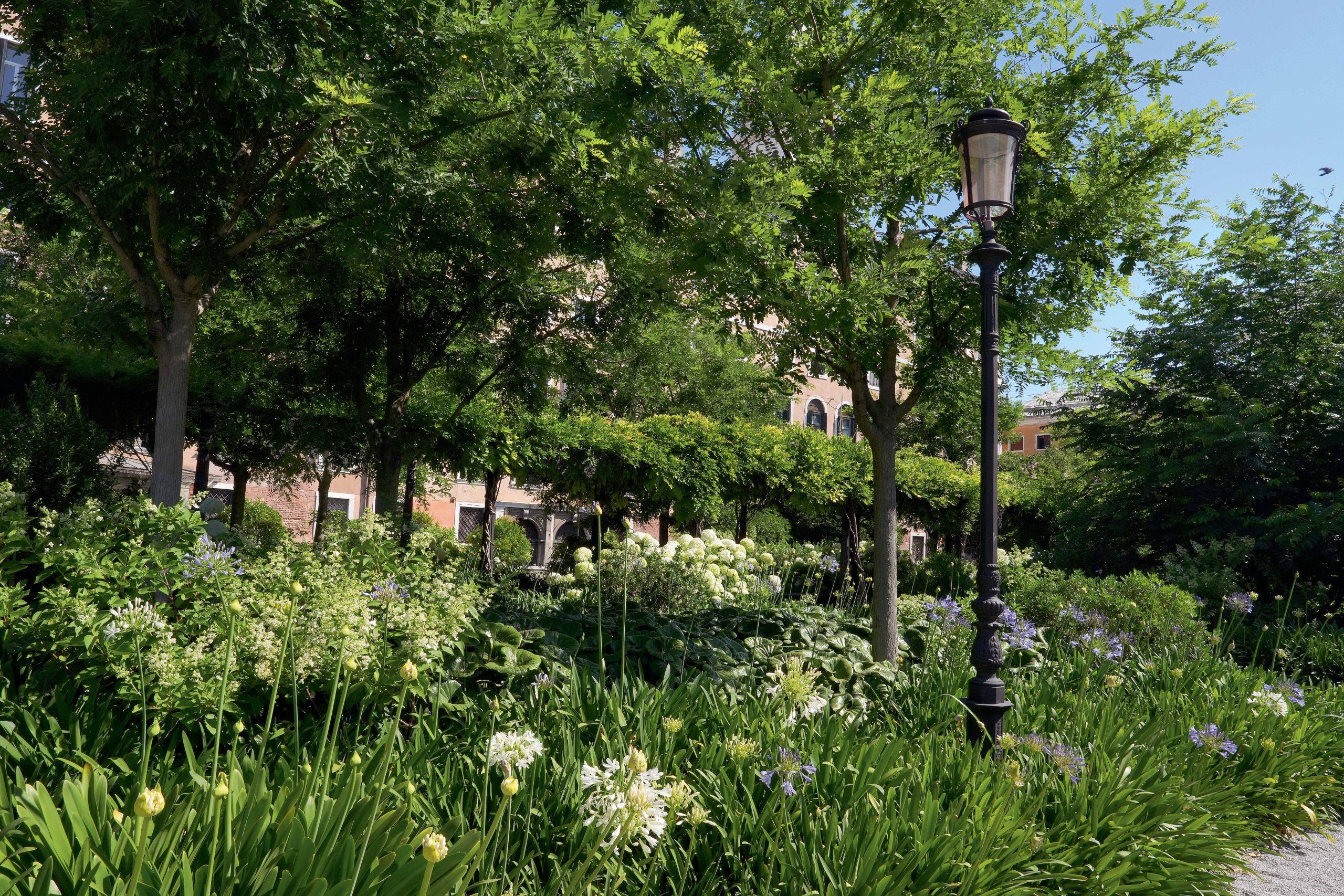"Music without sound" is the title of the book published by Marsilio Editori in the Mestieri d'Arte series of the Fondazione Cologni dei Mestieri d'Arte. Jean Blanchaert wrote the book to celebrate a centuries-old tradition: glass craftsmanship. We asked him a few questions to revisit the past and discuss the future of a complex and constantly evolving profession
The art of glassmaking is the protagonist of the book written by the curator, artist and critic Jean Blanchaert, and published by Marsilio Editori. A journey of discovery about a profession that has its roots in the history of Murano.
Music without sound is a tribute to all the master craftsmen of Murano who help keep the historic glassmaking profession alive. What aspects do their experiences have in common? And what is the outlook that emerges from their stories?
The eminent glass masters of today, those aged fifty and over, have various aspects in common. The first I would call “destiny”: they were sent to the furnace very young, by their family, without any discussion (keep in mind that the great Lino Tagliapietra, now ninety years old and still full of ideas, worked in the glassworks until three years ago).
The second aspect I would call “talent”: the ability to engage with glass in a spontaneous, natural and innate way.
The third aspect I would call “passion”: having talent is a good starting point, but it’s not enough. Masters, before they became one, were novice apprentices, apprentices, trainees, servants and assistant masters. They all knew how to respond like simple soldiers to the orders of the general (the master glassmaker) and over the years they climbed the ranks.
Only passion can compensate for the exertions essential for a job at very high temperatures:
… and by the same
Vulcan was built the bronze house.
All sweating she found him
Working at his bellows…
(Homer ‒ Iliad. Translation from the Greek by Vincenzo Monti (1825). Book XVIII, p. 168, here translated in English)
These are words from two thousand seven hundred years ago: they describe the goddess Tethis while she admires Vulcan creating the shield of Achilles. They seem like today’s description of a master at work.
The art of glassmaking is deeply tied to the identity of Murano and that of Venice in general, as you highlighted in the pages of the book. How has this bond changed over the ages?
Not only has the bond between the art of glassmaking and the Venetian identity remained unchanged, but so has the way of operating, which is the same as a thousand years ago. Because, while a robot (as often happens today) can in part replace the hand that sculpts marble, wood, stone, it certainly cannot go near the twelve hundred degrees of blown glass.
Murano and glass are a union that has lasted through the centuries and is grafted onto the even more ancient bond that exists between glass and the Lagoon. It was in 1291 that the Maggior Consiglio ordered the relocation of all the glass workshops to Murano (which in part had already happened on its own), giving rise to the centuries-old artisan tradition of the Venetian island. Murano’s artisans soon became well-known for the quality of their products, almost always true works of art, as well as for the particular care shown by being able to satisfy the changing requests of increasingly demanding customers, thanks also to the technological innovations in the sector. Even today, the artistic glass district of Murano and Venetian glass represent true excellence, a concentration of artisan knowledge.
In the book you write: “Many things are changing: many fewer young people are approaching the glassmaking profession because of how tough of an experience it is, but those who do are very good and really determined, the best guarantee for the future of the island”. From your perspective, what solutions and strategies can be adopted to give new life to this tradition?
There are no shortcuts to soften how hard this career is. It would be like telling an Olympic athlete, “train only half the day”. Since contemporary art realized that glass can be a medium for expression, artists from all over the world have come to Murano to try their hand at this material (Glasstress by Berengo Studio is an example). So, although time passes, the tradition of master glassmakers is far from disappearing, it evolves; they have to look towards the future, while still holding tight to their roots in the tradition of the art and techniques of Murano glass.
Interview by Arianna Testino


BIO
Jean Blanchaert, curator, artist and critic, is one of the most authoritative voices in the European artistic craftsmanship sector. For more than thirty-five years, in Milan, he ran the Blanchaert Gallery, founded by his mother Silvia, where twentieth-century and contemporary glass were absolute protagonists. An international scope has always characterized his work. He has curated dozens of exhibitions in institutional venues, in the fields of glass, ceramics, iron and marble, but also art and photography. For the Homo Faber event (Fondazione Giorgio Cini, Venice, since 2018), along with Stefano Boeri, he curated the Best of Europe exhibition and subsequently Next of Europe. Since 2018 he has been a member of the scientific committee of Venice Glass Week, an international festival dedicated to the art of glass. In 2021 he was the curator of the exhibition Vitrea. Vetro italiano contemporaneo d’autore [Vitrea. Contemporary Italian Glass by Authors], at La Triennale Milano. Since 2008 he has been a contributor to the monthly magazine Art e Dossier (Giunti).
Cover photo: Venini, Monofiore Balloton vase, 1970, balloton technique, sandblasted glass, blown; Fulvio Bianconi with Paolo Venini, Clessidra, 1957, incalmo blown glass; Fulvio Bianconi for Venini, Fazzoletto vase, 1948, free hand, opaline glass, blown. Courtesy Venini
Related Articles










